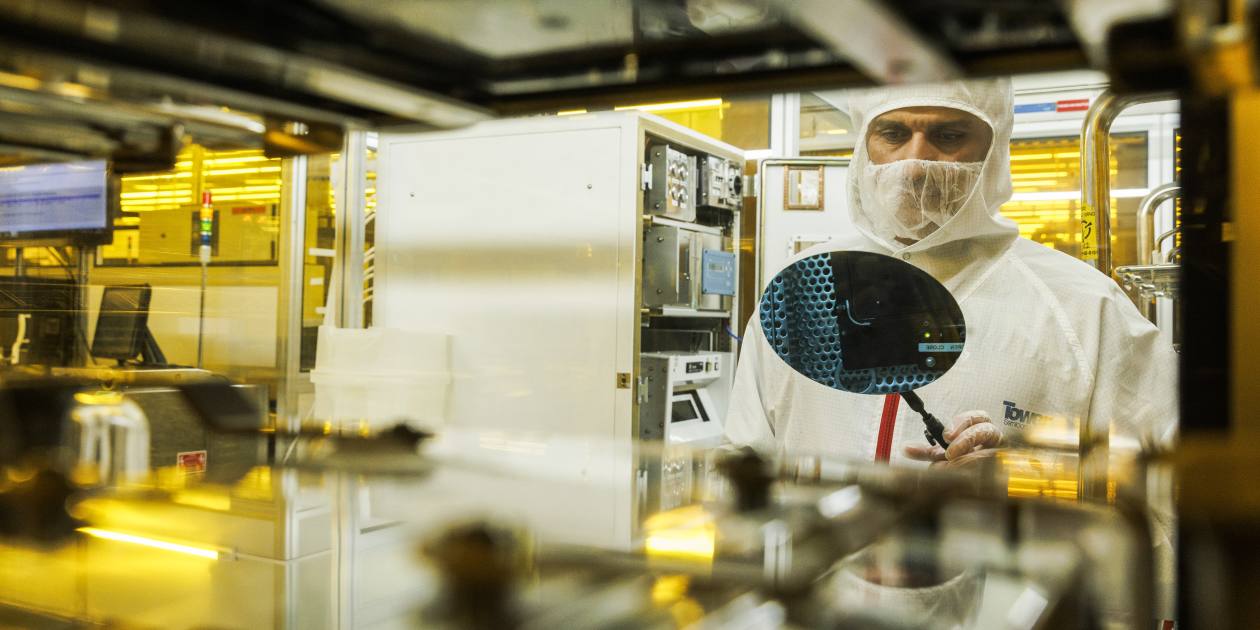yohoopzcrazy
Cappy
Hi everyone! First time posting here, but I've been lurking since the Linux kernel stuff and unhealthily consuming every single bit of information ya'll figure out.
I have a few questions about DLSS that I'd like to bring up, and who knows, maybe someone can share their thoughts.
I have a few questions about DLSS that I'd like to bring up, and who knows, maybe someone can share their thoughts.
- I believe Drake will be the first time DLSS is available in a mainstream console for developers, correct? Could this result in games being developed (or ported) with DLSS in mind, thus optimizing it's efficacy?
- Is there a chance we'll get "specialized" versions of DLSS for Drake, or would it use the current available solutions used in the PC space? In this DF video that I've rewatched probably a dozen times, Alex suggests something like this in the conclusion.
- Is it safe to assume that future Drake firmware updates could introduce newer versions of DLSS with improved performance? And if so, could this squeeze out potential, down the line of it's lifecycle, for even more "impossible ports"?




